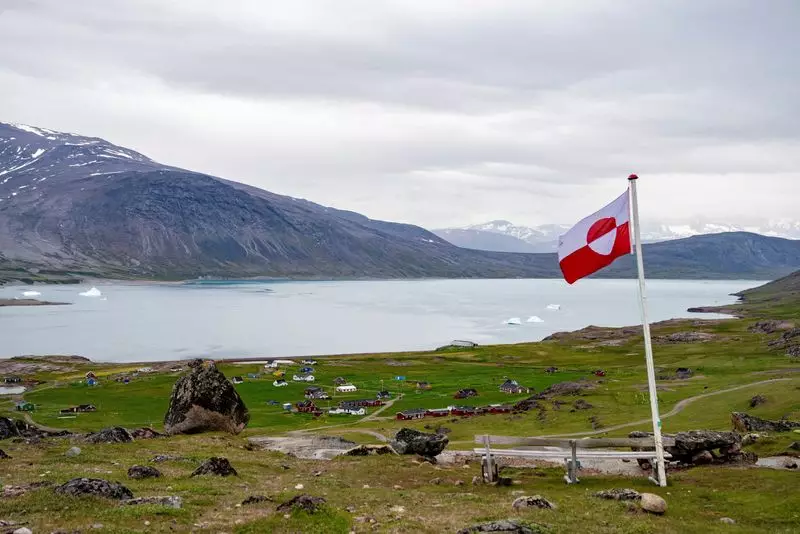In recent discussions about global resources, Greenland, a semi-autonomous territory of Denmark, has increasingly captured the attention of world leaders due to its vast untapped mineral wealth. The strategic location of Greenland serves as a geopolitical focal point, particularly for the United States, which has expressed a considerable interest in the area under President-elect Donald Trump’s administration. As geopolitical tensions mount globally, Greenland’s mineral resources offer both opportunities and challenges that warrant critical examination.
Greenland is often referred to as a treasure trove of critical minerals, with a 2023 survey revealing that 25 out of 34 minerals classified as “critical raw materials” by the European Commission are present on the island. Among these, rare earth elements stand out as vital components in modern technology, specifically in electric vehicles (EVs) and renewable energy solutions. Prominent mining companies, such as Critical Metals Corp and Neo Performance Materials, are vying for control over these deposits, highlighting the competitive nature of mineral extraction in this fragile ecosystem.
Despite its rich mineral deposits, Greenland faces substantial challenges in developing its mining sector. The extraction of oil and natural gas remains prohibited due to environmental concerns, restricting the territory’s overall resource exploitation. Moreover, the local indigenous populations have expressed strong opposition to mining activities, fearing environmental repercussions that may accompany heavy industrialization. As international corporations position themselves to extract wealth from these resources, they must navigate a complex web of regulatory hurdles and social opposition, which could stifle development plans.
A closer look at the mineral deposits in Greenland reveals their diverse applications.
– **Rare Earth Elements:** Primarily found in the southern Gardar province, these minerals are essential for the production of high-efficiency magnets used in EVs and wind turbines.
– **Graphite:** Major deposits of graphite, critical for EV battery production, are targeted by companies like GreenRoc, which is in pursuit of permits for the Amitsoq graphite project.
– **Copper and Nickel:** While exploration has been limited, the northeastern and central-eastern regions of Greenland have shown promise for copper and nickel mining, a prospect that has caught the attention of companies such as 80 Mile and Anglo American.
– **Zinc and Gold:** Rich deposits of zinc are primarily found in northern Greenland, while potential gold sites are concentrated around the Sermiligaarsuk fjord, with ongoing mining projects by Amaroq Minerals.
Other minerals like titanium, vanadium, tungsten, and uranium add to Greenland’s atomic allure. However, uranium mining has become stymied by political decisions, particularly following a ban instituted by the left-wing Inuit Ataqatigiit party in 2021.
The push for resource extraction in Greenland inevitably raises significant environmental discussions. The balance between economic development and ecological sustainability is tenuous; the territory’s pristine landscapes and biodiverse ecosystems are at risk if mining activities are not managed adequately. Local communities, particularly indigenous groups, are voicing concerns regarding the potential detrimental impacts of mining on their land and livelihoods. Their acknowledgment of these stakes underscores the critical need for policymakers and corporations to prioritize ethical mining practices and community engagement.
The discussion surrounding Greenland’s mineral resources must also consider its geopolitical implications. As nations vie for control over critical resources amidst rising global competition, Greenland could become a strategic pawn in international relations. The U.S. interest in Greenland, articulated by Trump and his administration, has reinvigorated debates on sovereignty, national security, and resource management. Should mining activities escalate, they could alter the geopolitical landscape, potentially inviting foreign investment and influence into Greenland’s local governance.
Moving forward, it is imperative for all stakeholders—governments, corporations, and local communities—to engage in a constructive dialogue regarding Greenland’s mineral wealth. The challenges and opportunities presented by these resources should be approached with a long-term perspective that prioritizes sustainability, indigenous rights, and transparent governance. The path forward will not only define Greenland’s economic future but also serve as a benchmark for resource management around the world.

